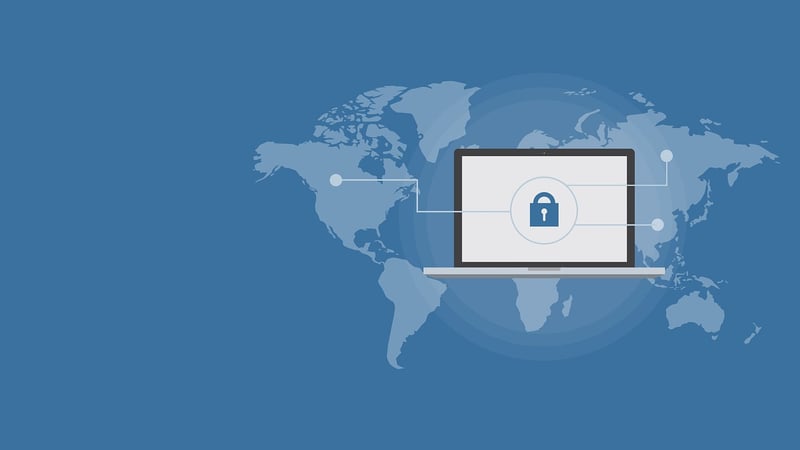Vulnerability Scans
Identify and Neutralize Threats: The Importance of Vulnerability Scans
In today's digital landscape, cybersecurity is more critical than ever. With cyber threats becoming increasingly sophisticated, it is essential for individuals and organizations to proactively identify and neutralize vulnerabilities in their systems. One powerful tool in this endeavor is vulnerability scanning.
What are Vulnerability Scans?
Vulnerability scans are automated processes that detect and assess security risks within a computer network, system, or application. These scans help identify weaknesses that cyber attackers could exploit to compromise the confidentiality, integrity, or availability of data.
The Importance of Vulnerability Scans
Conducting regular vulnerability scans is crucial for several reasons:
- Proactive Defense: By identifying vulnerabilities before attackers do, organizations can take proactive measures to secure their systems.
- Compliance: Many regulatory standards require organizations to perform vulnerability assessments regularly.
- Risk Mitigation: Understanding potential risks allows for targeted mitigation efforts to strengthen cybersecurity defenses.
- Cost Savings: Detecting and fixing vulnerabilities early can save organizations from costly data breaches and related damages.
How Vulnerability Scans Work
Vulnerability scans typically involve the following steps:
- Scanning: The scanning tool examines the target system for known vulnerabilities.
- Analysis: The results are analyzed to determine the severity of each vulnerability.
- Reporting: A detailed report is generated, highlighting identified vulnerabilities and providing recommendations for remediation.
- Accuracy: The tool should provide accurate and reliable results.
- Comprehensiveness: It should cover a wide range of vulnerabilities across different systems and applications.
- Ease of Use: A user-friendly interface and clear reporting are essential for effective use.
- Updates: Regular updates to the tool's vulnerability database ensure it can detect the latest threats.
Choosing the Right Vulnerability Scanning Tool
When selecting a vulnerability scanning tool, consider the following factors:
By incorporating vulnerability scans into their cybersecurity practices, organizations can strengthen their defenses, reduce the risk of a data breach, and safeguard sensitive information from malicious actors.

Remember, in the ever-evolving landscape of cybersecurity, staying one step ahead of potential threats is key to maintaining a secure digital environment.
Stay vigilant, stay secure!
